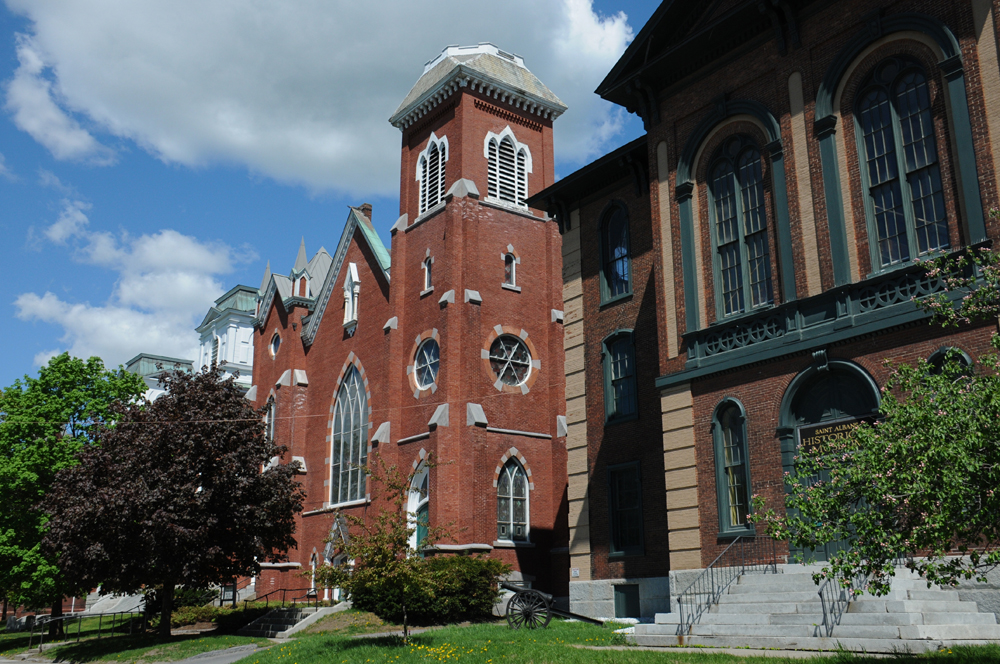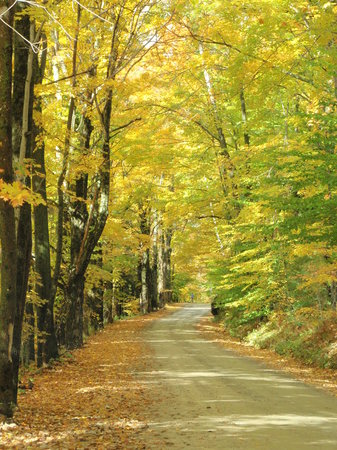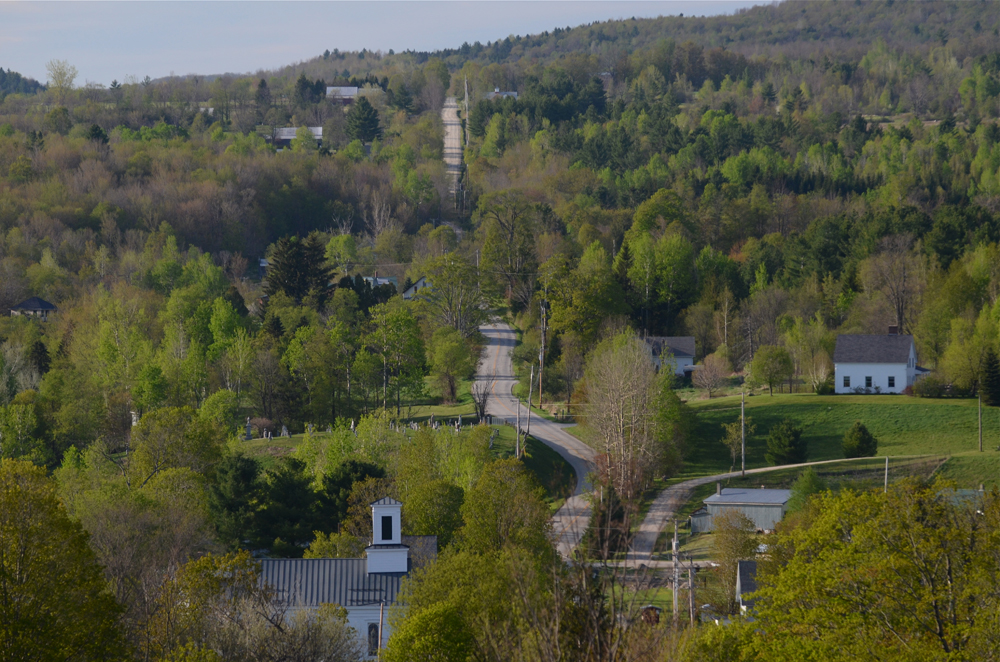Fantasy Thomas Jefferson Tour of Virginia
My idea would be that this race had a similar dimention to the Tour of Utah as far as exposure and number of World Tour teams go, but I don't know where I'd place it on the American calendar. Maybe after the World Championships, this year conveniently taking place in VA, or maybe between that and the Bucks County Classic, when all the leaves are brown.
The Mother of States seems perfect for cycling - great (not size wise) and paved roads where you'd least expect them, uncongested secondary routes, hills, lot's of hills, and amazing scenery. This being my first take on it, you will have to excuse me for not including the East, littoral of the state, as I found it pretty dull and hard to come up with not completely flat stage(s). That said, this tour is raced mainly around the Blue Ridge Mountains area, and so as you'd expect it, restricted to a small cut of the state. In the end I felt like so much could be done in this region, perhaps up two weeks of intense racing wthout shortage of difficulties, but to keep it somewhat realistic and because I'm a lazy ass, I came up with only four stages. Certainly I will do some tweeks here and there in the future as well as adding more race days for the sake of it.
Roughly, it kicks off with an individual time trial in Manassas, starting and finishing on the close outskirts of the city. Cyclists then head south through bumpy roads on to Charlottesville, was this not Thomas Jefferson's Tour of Virginia. Ok, i'm lying, I just like UVA too much. Then there's the easier and less important stage as far as the overall comes, a chance for the sprinters in Lexington. But these races are always mighty crazy and hard to control, so don't discard an attacker winning. The last stage is also the most difficult one (now, don't expect some alpine brutality as in posts above - while it would be possible to come up with some sort of Lousã or Massif Central on steroids, I think it wouldn't be needed and could in fact prevent good racing here) Anyway, that's it for an introduction. Since it's a relatively short stage race I thought I'd keep it all in one post.
Stage 1: Manassas - Manassas, 8,7km's ITT
I guess this stage could be dedicated to one of our forumites for where it takes place and particularly for where it ends. It starts in front of Bennett Elementary, south of
Manassas, past one of the residential areas, and too heads south, but not before turning slightly west to Godwin Drive instead of going further, as we don't want to block one of the citie's main lanes, in and out: Prince William Parkway. You may be wondering why this is a stage, but I think it wouldn't make much sence calling it a prologue in such a short race. Back at it. After a few meters, riders turn left continuing their short journey south, via an overpass across the highway, now on Lucasville Road, where halfway through is the intermediate time check. At the end of the line, riders hit the small house cluster of Brentsville, only to turn back on a a parallel road to Lucasville, called ( wait for it...) Brentsvile Rd. I bet you didn't expect that. Riders should now be on the last part of their individual effort, finishing not much past the
Calvary Chapel of Manassas, near a small parking lot a couple of dozens of meters away.
Stage 2: Culpeper - Charlottesville, 162km's
Assuming some decent gaps were made on that time trial, riders go on to the second GC defining stage. A quick look makes you think it will be all about the finale, but the roads all the way down from
Culpeper are very irregular and sometimes nasty sharp, as is the case of the race's first categorized climb, Old Rapidon Road - that's 600 meters at 11% average on an unpaved road - unfortunately I got no images of it other than the pixelated google street view, which seems to be the norm in these parts. That's a cat4. by the way. My categorization system is a bit sloppy and random, so forgive me any inconsistencies. After that riders go a few kilometers west on state route 230, turning back heading south after going through Pratts, not much before the first intermediate sprint in Rochelle. Blue Ridge Turnpike is another saw tooth type of climb, also a cat4, this time one full kilometer averaging 8%. Immediately after that not much goes down besides the riders, who gradually approach the Tour's largest city.
Once we're in downtown
Charlottesville, there are the last sprint points for the taking, before riders head north to the University of Virginia Campus, with it's blaze coloured brick walls blending with the reds and oranges from the surrounding trees. Once past the
Rotunda (work of Jefferson himself), they start the climb up to the Observatory Mountain, which is 1,5 kilometers at 7% but toping 12%. This is probably where the Helicam would give you a stunning panorama of the
McCornick Obs. with the
Lawn and the
Scott Stadium on the background (Go Cavaliers, cof, cof.)
Riders then descend and take Jefferson Park Avenue and a couple 'other minor streets until they reach the Lyman hills past the schools district, descent again and hit the Thomas Jefferson Parkway (that easier ending part) and then turn left up to the Unesco World Herritage Site, Thomas Jeferson's resting place, the scenic Monticello overlooking the city. The Thomas Jefferson Foundation were afraid of any construction nearby going above the plantation, and so in 2003 they acquired the Montalto, the other, higher peak across the small valley, and that's precisely where riders head, and where they'll finish atop. Not really needed to say why the Monticello isn't categorized, despite being more than a kilometer long on tight roads averaging 10%. Montalto is 1.6km's long and averaging 8%, but some sections are as inclined as 11%.
On second thought, I may not be able to put it all in one post.













































